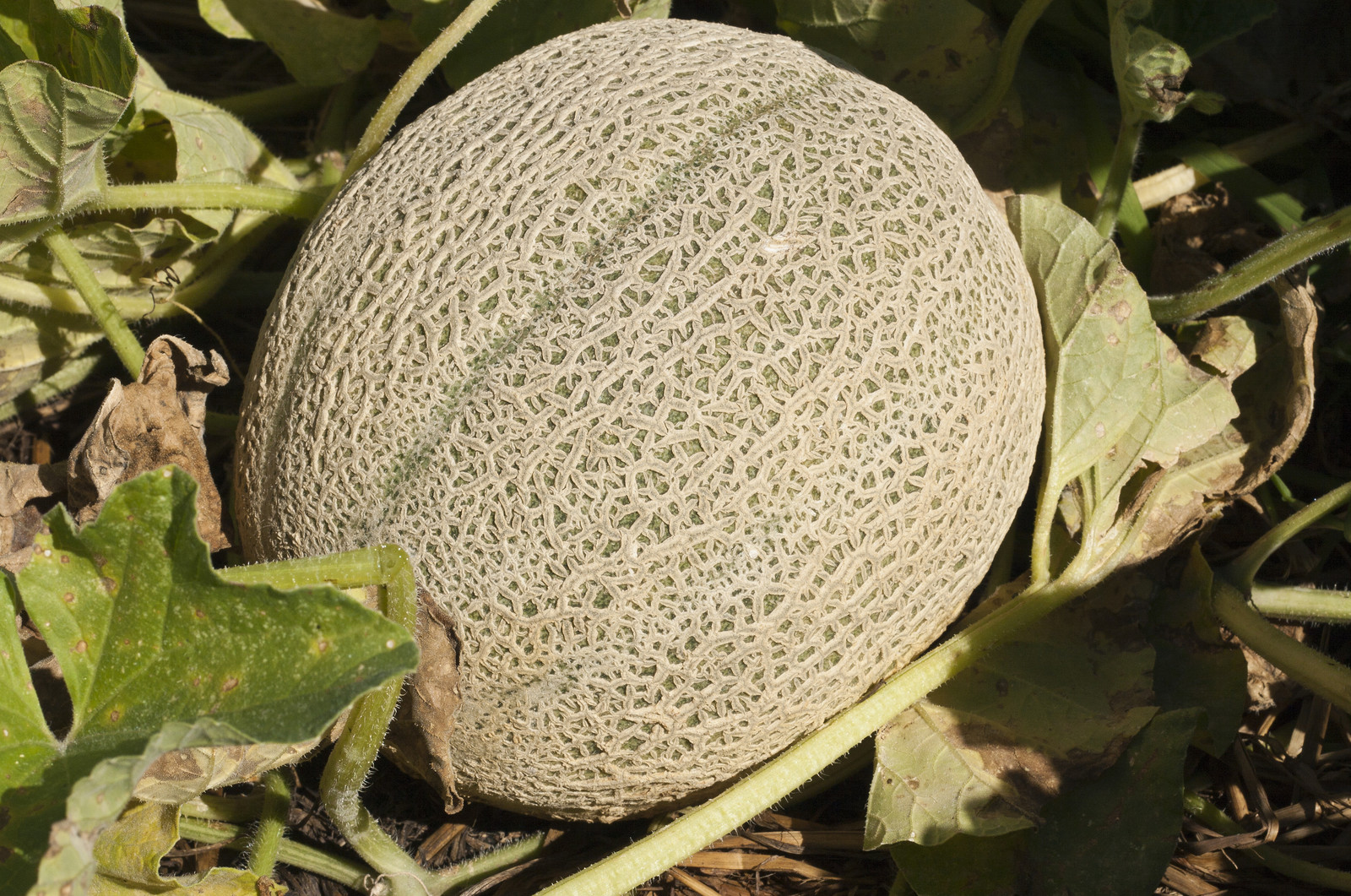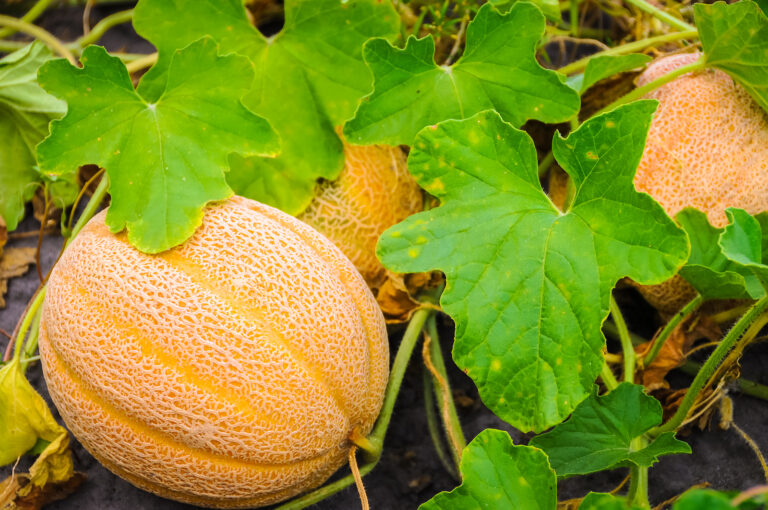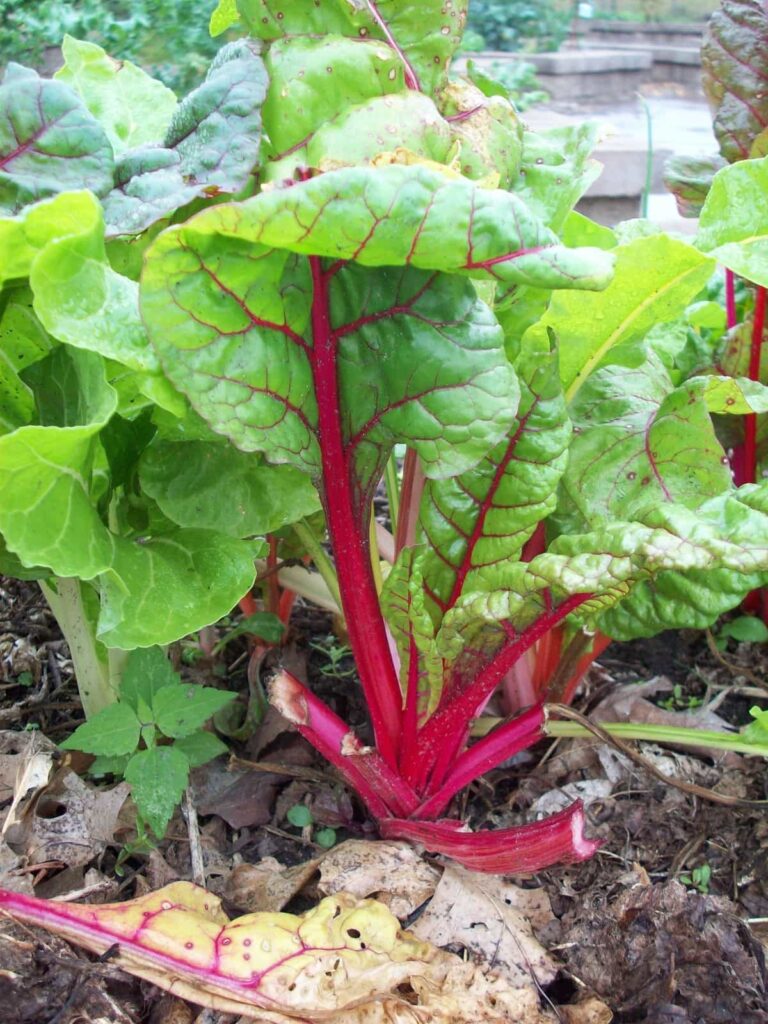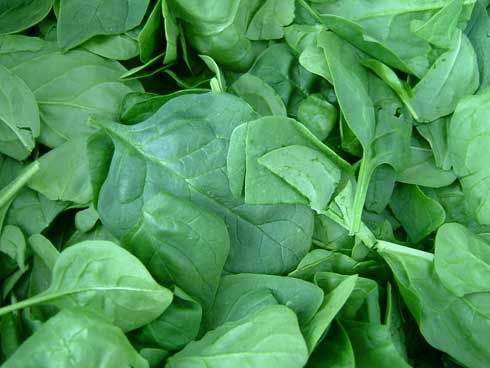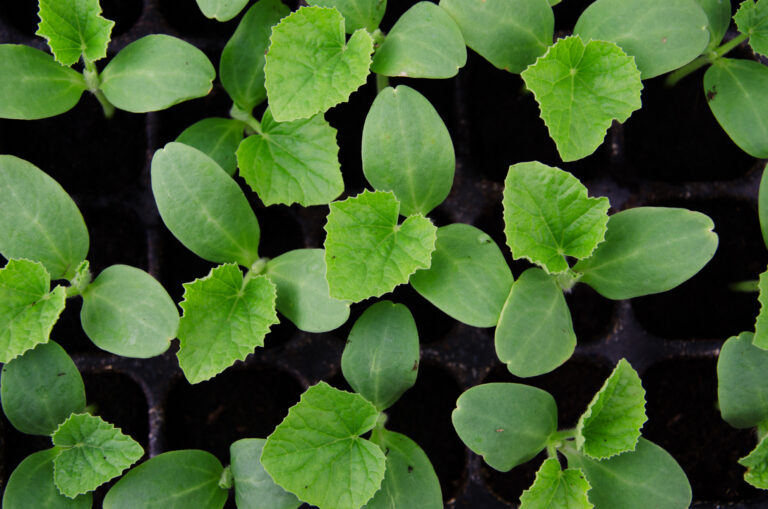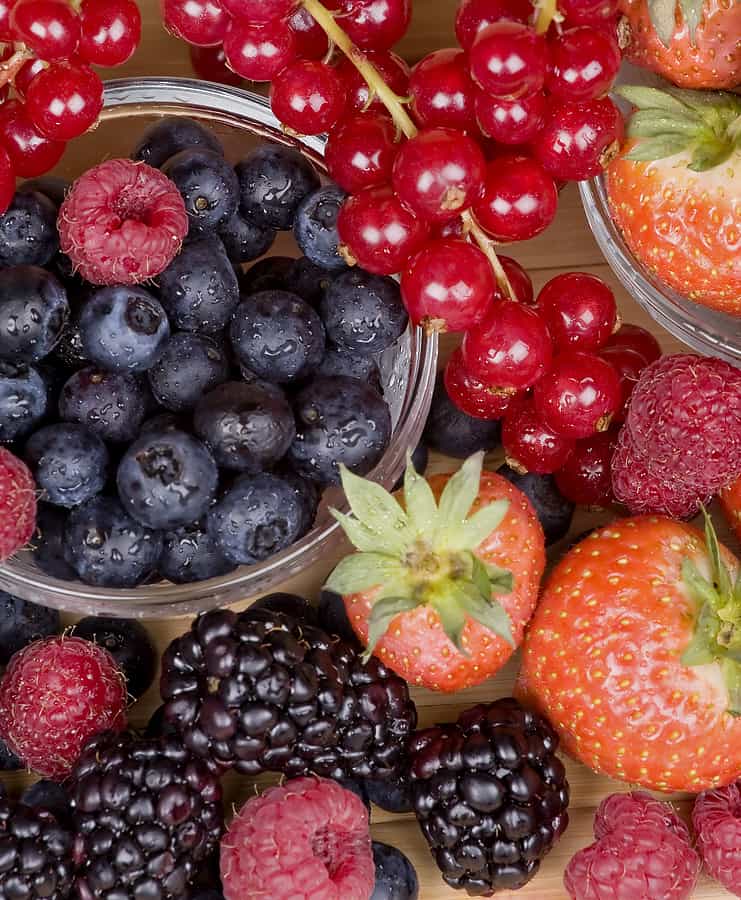How to Know When Cantaloupes Are Ripe: Slip Stage and Other Signs
nowing when cantaloupes are ripe is essential for harvesting the sweetest, most flavorful fruit. One of the key indicators of ripeness for cantaloupes is the “slip stage,” when the fruit easily detaches from the vine with little pressure. Cantaloupes reach their peak ripeness when they emit a sweet, aromatic fragrance at the stem end, and the rind transitions from green to tan or yellow. This stage is crucial for getting the most out of your harvest, as melons left too long on the vine may lose their ideal flavor and texture. In this post, we’ll explore the signs of a ripe cantaloupe, what the slip stage means, and how to tell when your fruit is ready to pick for the perfect harvest.
Key Indicators for Cantaloupe Ripeness
Cantaloupes are typically ready for harvest between 70 and 100 days after sowing, depending on the variety. As the melon matures, several signs indicate it has reached the perfect ripeness:
- Smell: A ripe cantaloupe will give off a sweet, fragrant aroma at the stem end.
- Slip Stage: The fruit will easily come off the vine with minimal pressure, indicating it is ripe. If the melon requires more effort to separate from the stem, it is not yet ready for harvest.
- Rind Color: The green rind of the cantaloupe will change to a tan or yellow hue when ripe. The netting on the skin will become more pronounced.
- Tendril Appearance: The tendril closest to the melon’s stem will turn brown when the melon is ready to harvest.
- Shape and Size: The melon should be full-sized with a rounded shape and slight softness to the touch.
- Crack Development: A circular crack around the stem attachment indicates ripeness.
Timing is Key
Cantaloupes should be harvested when the weather is warm, with nighttime air temperatures consistently above 65°F (18°C) for optimal flavor development. It’s important to allow melons to ripen on the vine for the best taste, but don’t wait too long—overripe melons will not improve off the vine.
Tips for Harvesting Cantaloupes
- Limit watering for a week before harvesting to concentrate the sugars and enhance the melon’s sweetness.
- Avoid harvesting melons too early as they may not have developed their full flavor.
- Be gentle when removing ripe melons from the vine to avoid damaging the fruit.
By following these tips and understanding the slip stage, you’ll be able to enjoy perfectly ripe cantaloupes from your garden. Happy harvesting!
Melon Ripeness Checklist
Cantaloupes and muskmelons that smell ripe are ripe. They should come away clean from the vine with little pressure. Thump watermelons to determine if it is ready for picking: a ripe watermelon will make a dull thump.
- Cantaloupes will be ready for harvest 70 to 100 days after sowing.
- Most melons on a single plant will come to harvest within a 3 to 4-week period.
- Limit water for a week in advance of the harvest to concentrate fruit sweetness. Too much water will dilute the sugars in the fruit.
- When muskmelons reach full-size rinds change from green to tan or yellow and stems turn brown they are ready for harvest. The skin under the netting will turn yellow-brown when the fruit is ripe and the netting will become more pronounced
- Smooth-skinned honeydew melons will become cream-colored when ripe.
- A ripe melon will develop a circular crack where the stem attaches to the fruit.
- Ripe melons will have a sweet aroma at the stem end.
- Ripe melons will slip easily off the stem; a half-ripe melon will require more pressure and may come off with half the stem attached.
- Harvest melons when they are dry.
- A ripe melon will soften after harvest but it will not continue to sweet off the vine.
- Leave melons on the vine until they are ripe.
Melons Overview: The Ultimate Guide to Growing Melons: From Planting to Harvest
Watermelons: How to Grow Watermelons from Seed to Harvest: Ultimate Guide for Sweet, Juicy Success
Related Posts:
Planting & Growing Basics
- When to Plant Melons for the Best Harvest
- Best Soil and Location for Growing Melons
- Planting and Spacing Melons Step-by-Step
- Growing Melons on Mounds and Hills: A Proven Method for Stronger Plants and Sweeter Fruit
Care & Maintenance
- Watering and Feeding Melons for Maximum Sweetness
- Caring for Melons Through the Season: A Practical Guide
- Melon Pollination: How It Works and When to Lend a Hand
- Melon Pests and Diseases: Identification and Control
Space-Saving Techniques
- Melons in Small Spaces: Container Growing Made Easy
- Growing Melons Vertically: Save Space and Boost Harvests
- Trellising Cantaloupes: Why and How
Ripeness & Harvesting
- How to Tell When Melons Are Ripe
- How to Know When Cantaloupes Are Ripe: Slip Stage and Other Signs
- The Gardener’s Guide to Harvesting and Storing Melons for Peak Flavor
Melon Types & Varieties
- Summer Melons vs Winter Melons: Know the Difference
- Growing Gaila, Honeydew, and Crenshaw Melons
- Best Cantaloupe Varieties for Home Gardens
Enjoying the Harvest

